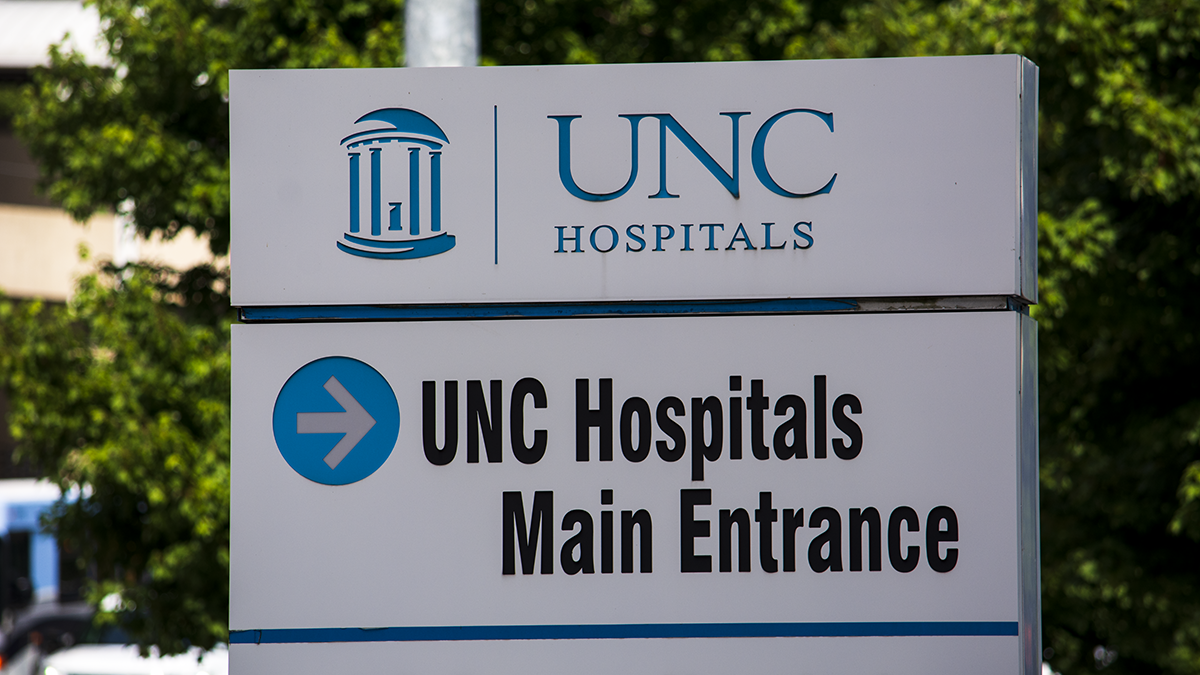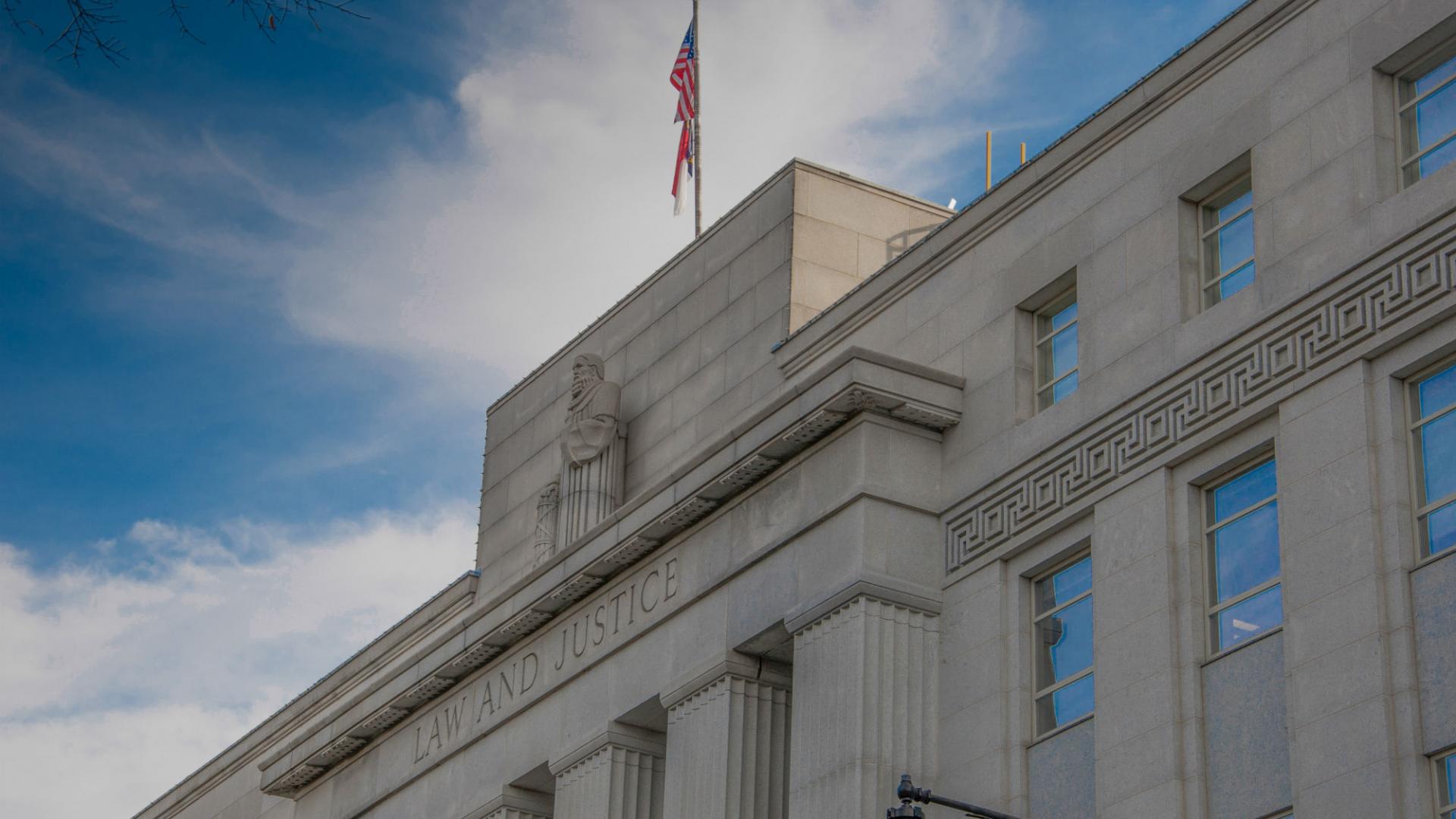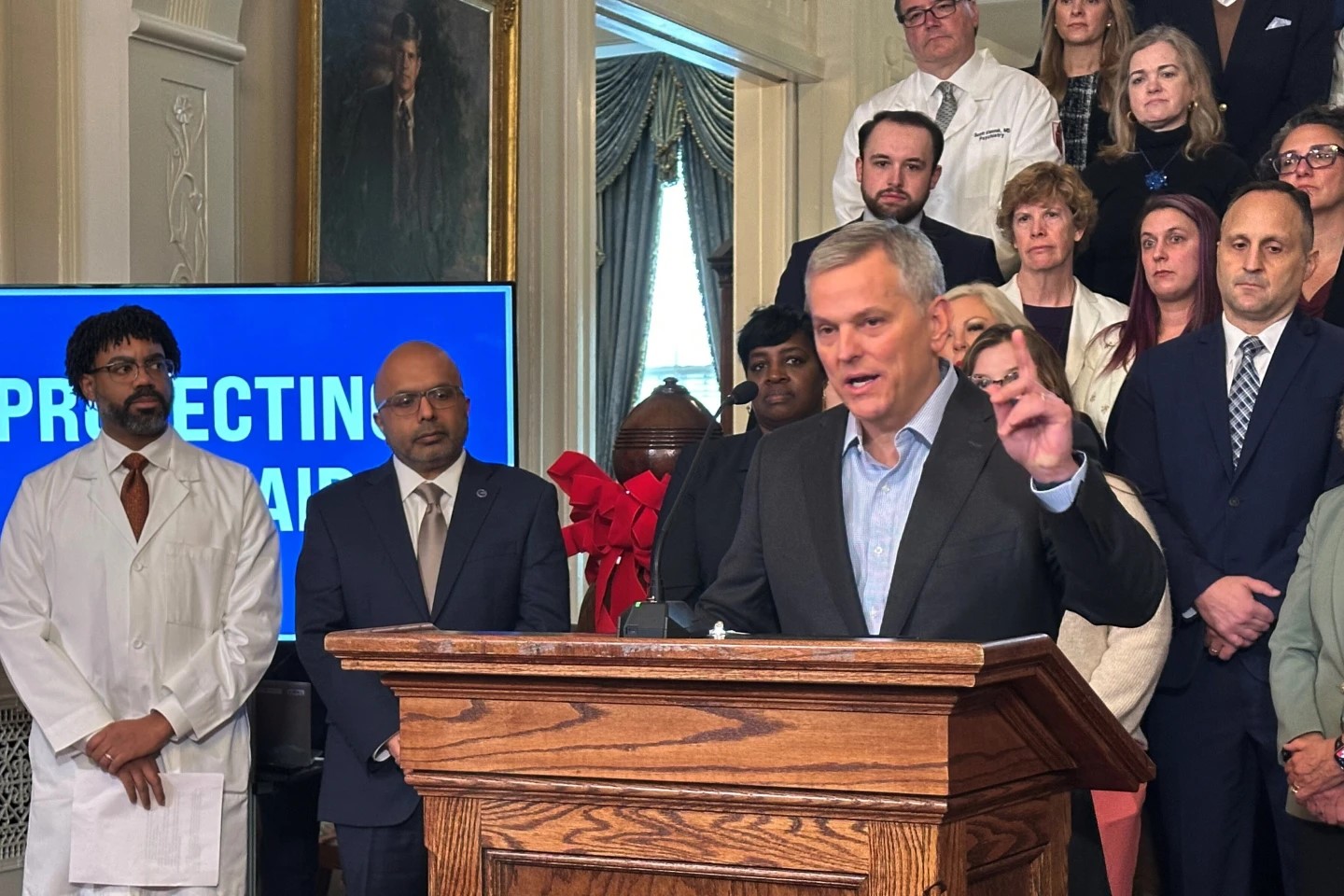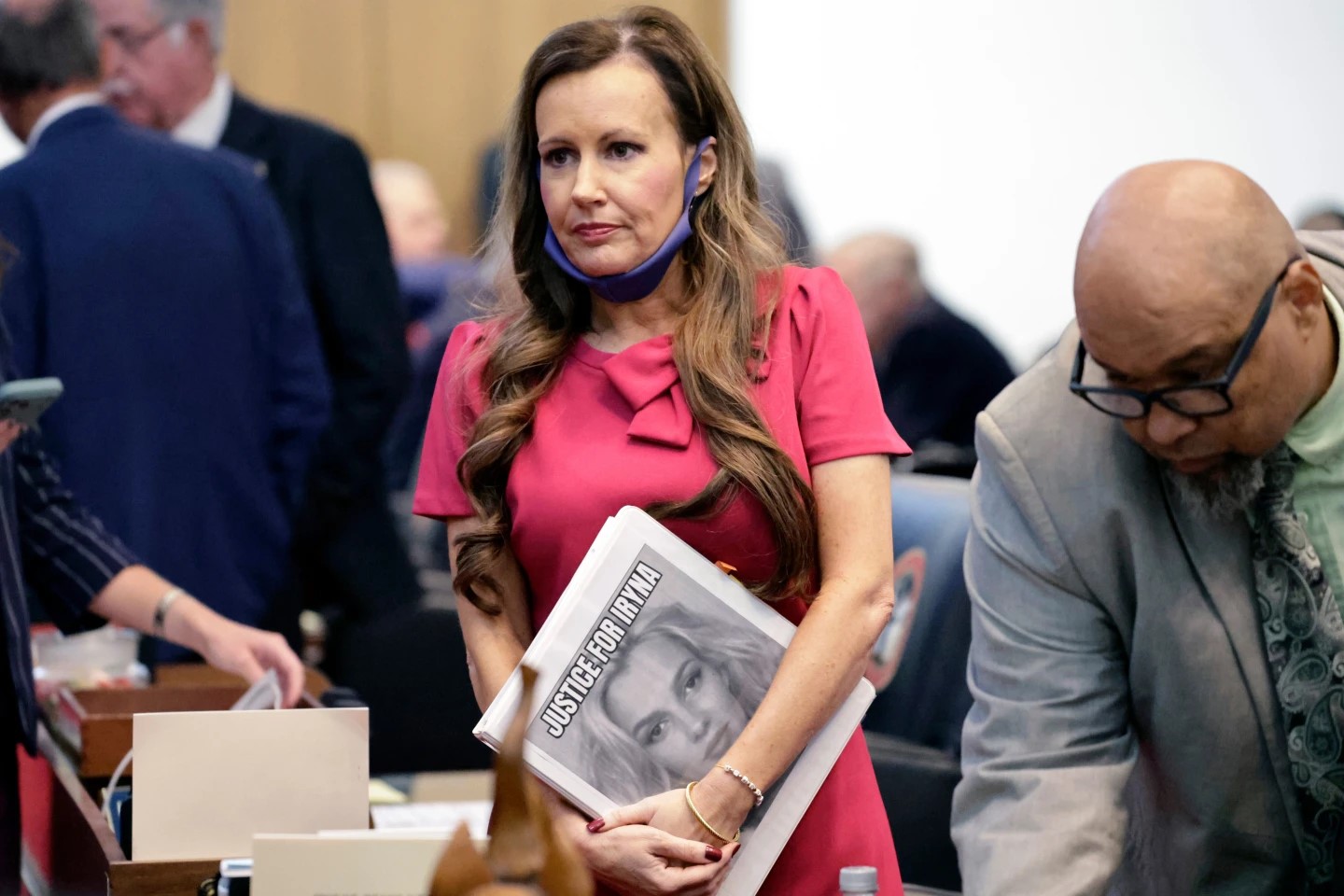North Carolina’s elected state treasurer has decided to stop efforts for now to bring on board dozens of additional hospitals to accept a new payment model for medical services incurred by state employees, teachers, retirees and their families.
Treasurer Dale Folwell said Thursday that the 727,000 participants in the state employee insurance health plan will still receive in-network hospital coverage next year through the current provider network offered through Blue Cross and Blue Shield of North Carolina.
But they’ll also have similar preferred benefits with providers who agreed to the new pricing model Folwell pushed for the past year for the State Health Plan, which his office oversees. Folwell said that model, which pegs payments to Medicare rates, would help create more transparency in expenses and could lead to significant cost savings.
The plan spends over $3 billion annually on medical expenses, and Folwell warns it could run out of cash in 2023 with no changes.
Even after a second self-imposed deadline passed this week that featured more generous payment rates, only five hospitals out of over 100 in the state — and none of the major systems — had agreed to the new model. Time was running out to assemble a plan with fall open enrollment approaching for 2020 coverage. Now plan savings likely won’t be as much as earlier predicted.
Without retaining the current Blue Options network, plan members would have faced higher out-of-pocket costs at out-of-network hospitals. Folwell focused instead on what he called the five “courageous” hospitals and 28,000 other non-hospital medical providers that signed on for the “Clear Pricing Project.”
“I could not be more proud of what the staff at the State Health Plan has accomplished,” plan Executive Administrator Dee Jones said in a release. “We created a brand-new network of 28,000 providers from the ground up.”
Hospital leaders and other critics had argued the pricing model reimbursements weren’t enough and could lead to some medical service reductions, and that the model was a poor method to address increasing plan expenses.
The North Carolina Healthcare Association, which lobbies for hospitals and fought hard against Folwell’s proposal, called Thursday’s announcement a “positive step forward.” In a news release, the association said it looked forward to working with Folwell and the General Assembly “to develop a stronger, sustainable, transparent future for the State Health Plan.”
An outside group also ran a campaign against Folwell’s pricing effort. In the current pricing process, Blue Cross negotiates what are considered confidential rate agreements with individual hospitals on behalf of the health plan. He said it leaves the state and taxpayers who help pay for the plan in the dark about the true costs of medical care.
“Transparent pricing would end decades of secret contracts and high costs causing (hospitals) to have to actually have to compete for customers like any other business does in a free-market society,” said Folwell, a Republican elected in 2016.
The state House had passed a bill earlier this year delaying Folwell’s proposal, but the Senate wouldn’t take it up.
The State Employees Association of North Carolina backed Folwell’s pricing project. “We always recognized that this was going to be a long-term effort,” Executive Director Robert Broome said in an interview.
Providers who agreed to the new model will ultimately be able to participate in alternate payment arrangements, Folwell’s office said. That inducement could attract additional hospitals to the model in the future.








